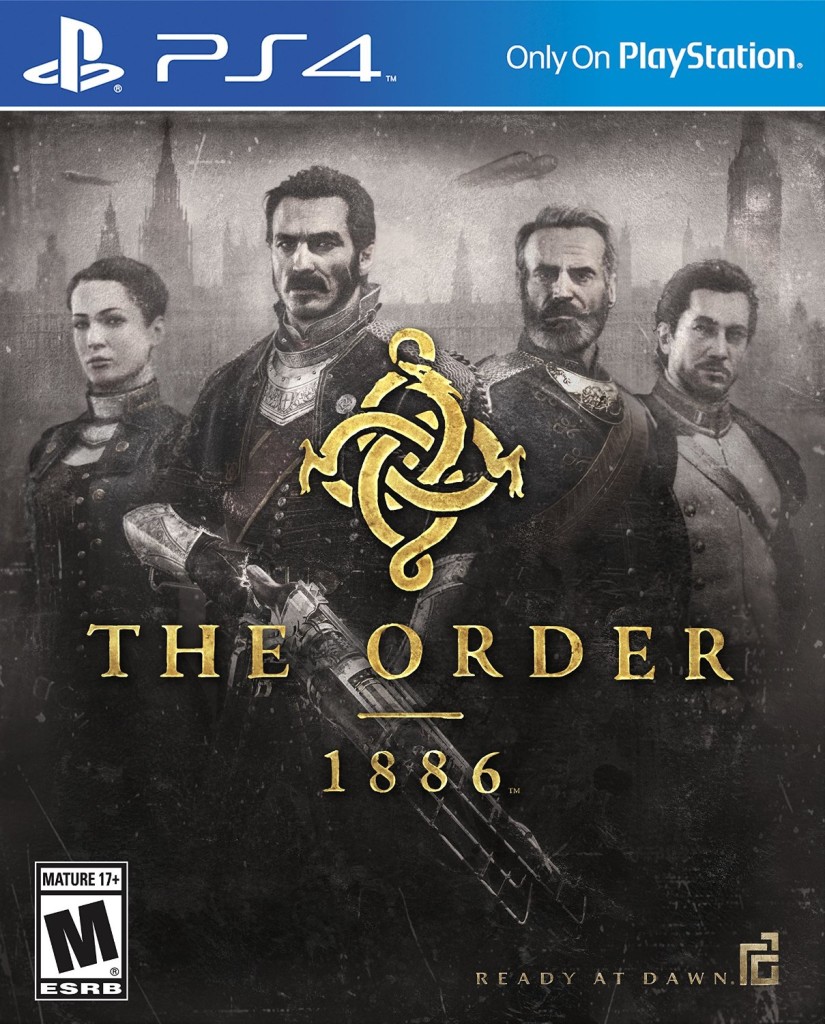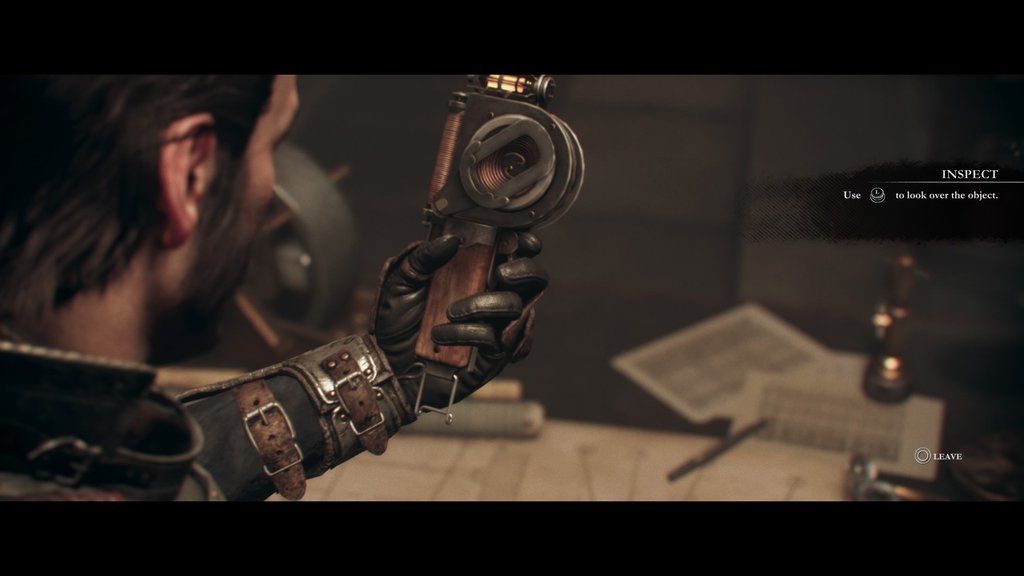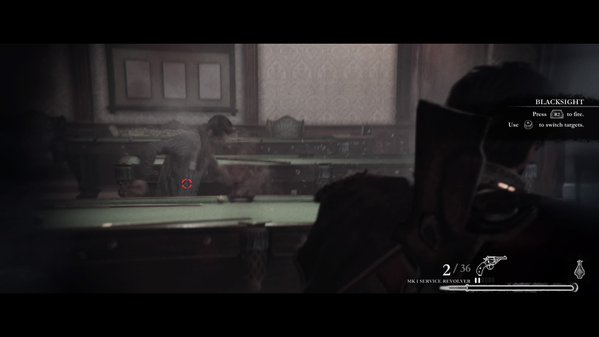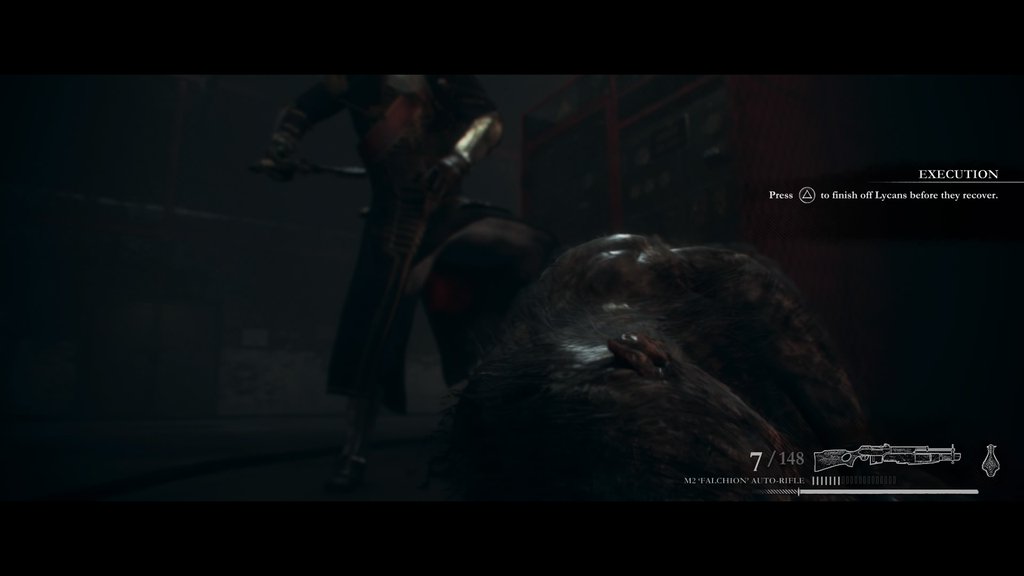The Order: 1886 from developer Ready By Dawn and published by Sony was talked about seemingly non-stop before it launched in early 2015, but that chatter notably died down following release.
Truth be told, The Order: 1886 isn’t the system-selling exclusive title many thought it could be like The Last of Us, Heavy Rain or the Uncharted series served as for the PlayStation 3.
Players take control of Galahad, a knight of The Order who helps protect London from half-breed monsters and rebel groups. The third-person shooter is a cinematic game, meaning the game regularly switches between cut scenes and gameplay. It doesn’t achieve it as flawlessly as it would like to, however – we’ll get to more of that in the graphics section.
Gameplay
Full disclosure, I’ve never been as big of a fan of third-person games as I am of first-person games, though I’ve tried my best to not let this sway my decisions. For me, it’s the camera angles – some games just do not get them down as well as others. The Order: 1886 doesn’t really struggle here, as the camera is pretty cooperative with whatever the player wants to see.
This game falls does contain one of the fatal flaws I consider whenever playing a game. The Order: 1886 limits when the player can pull a gun and arm Galahad as well as when Galahad can run. Routinely, when he’s listening to orders over his communication system, players are forced to slowly walk throughout the levels while waiting to get onto their objectives.
There’s nothing wrong with taking time to enjoy a game and slowly stroll, but players should have the option to play either way. Not having the ability to choose is frustrating.
Another frustrating part of the game is how the player is encouraged to thoroughly inspect everything that can be picked up. There are a lot of cool flyers and pieces of information that can be inspected to really pull a player into the storyline and era, but there’s also a ton of pointless stuff.
Most anything that can be picked up can be twisted and turned in Galahad’s hands. The majority of the time, that doesn’t lead to anything. Every once in a while, though, the item will feature something that needs to be discovered by hitting the triangle button.
This means the player can’t just forego items that can be examined. They could be integral to the puzzle aspect of the game, or it could just be a little trinket that the developers wanted to use the interesting camera angles on.
All in all, those may seem like small issues to the typical player, which means this still sounds good. So let’s hit the positive parts.
First, the game has an interesting health system. Galahad can take a few hits before being down and out and needing to revive himself from a vial around his neck. Players can jam the X button as he recovers, adding more health to Galahad. He can then be taken out, sending the game back to the previous checkpoint.
Overall it’s a pretty decent health system that’s more realistic than most games aside from the life-saving potion. Pistol shots from far away won’t do much damage, but sniper fire or a point-blank shotgun will reset the game real quick. The cover system is a little difficult as it doesn’t automatically bounce player from cover point to cover point, adding a little challenge to the situation.
Putting aside my feels of the speed of the game, I do think The Order: 1886 makes a compelling game for anyone who plays games for the story and likes to get lost in an alternate universe for a little while. This game definitely lends its hand to that, especially with how difficult some of the parts can be, especially in the beginning.
The learning curve at the beginning of the game is not that easy. The first big shootout, the first time taking heavy fire from snipers and the first time encountering Lycans in a poorly-lit area is not something anyone will handle well the first few times it is attempt. After the first time, Lycans can become kind of routine and understanding the best ways to cover and utilize what little ammo Galahad can find becomes a little easier.
Graphics
Games that try to pull off this cinematic effect typically do either really great or rather poorly, though I feel like The Order: 1886 manages to fall somewhere in the middle.
I was rather impressed by the transition from cut scene to gameplay at the beginning of the game, though the scenes take place in (spoilers!) a dimly-lit dungeon with little going on other than gray stone walls. Once I saw the transition in other areas, it was a bit more defined where the cut scene ended and the game play began, which lessened the wow-factor a bit for me.
Still, this is a pretty game – that is, it’s as pretty as a game set in overcast 19th-century London could be. The scenery, guns, and certain cool surprises like (more spoilers!) Tesla’s lab are all done well and add to the intrigue of the game.
Sound
The Order: 1886 hits another mediocre note in the sound department. The acting is good enough, but isn’t anything special, while sound effects are pretty solid all around.
As a soon-to-be new dad and a husband married to a lovely woman who isn’t the biggest fan of video games, something I have been getting more used to is using captions in games.
As someone who also has not perfect but not terrible vision, let me say that The Order: 1886 has some of the absolute worst captions I’ve ever seen, mostly because I can barely see them.
The captions aren’t riddled with grammatical mistakes like some games, at least from what I can see. These captions are tiny and forced me to pull my recliner pretty close to my 53-inch plasma to make them out clearly, which is a bit much.
Replay
We can keep this section short and sweet: The Order: 1886 is a game with a linear storyline and no multiplayer. Unless the gameplay or storyline sincerely blows someone away, this will likely collect dust for good as part of their collection.
Review Overview
Gameplay - 75%
Graphics - 65%
Sound - 70%
Replay - 40%
63%
Mediocre
Summary : The Order: 1886 isn't a top reason to buy a PlayStation 4, but it's a decent game to fill in the gaps between blockbuster hits.
 PS4style.com PS4 News and Reviews
PS4style.com PS4 News and Reviews






